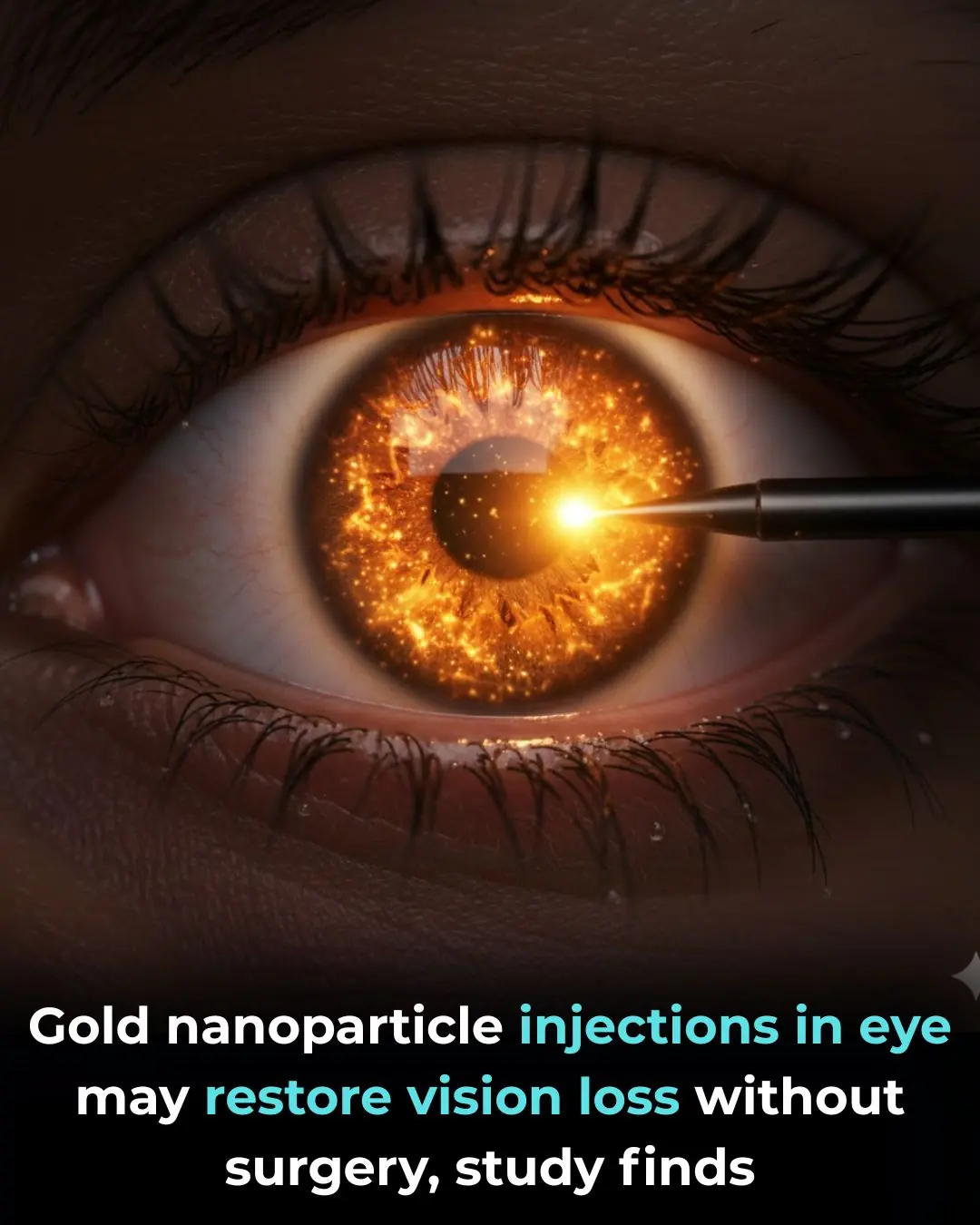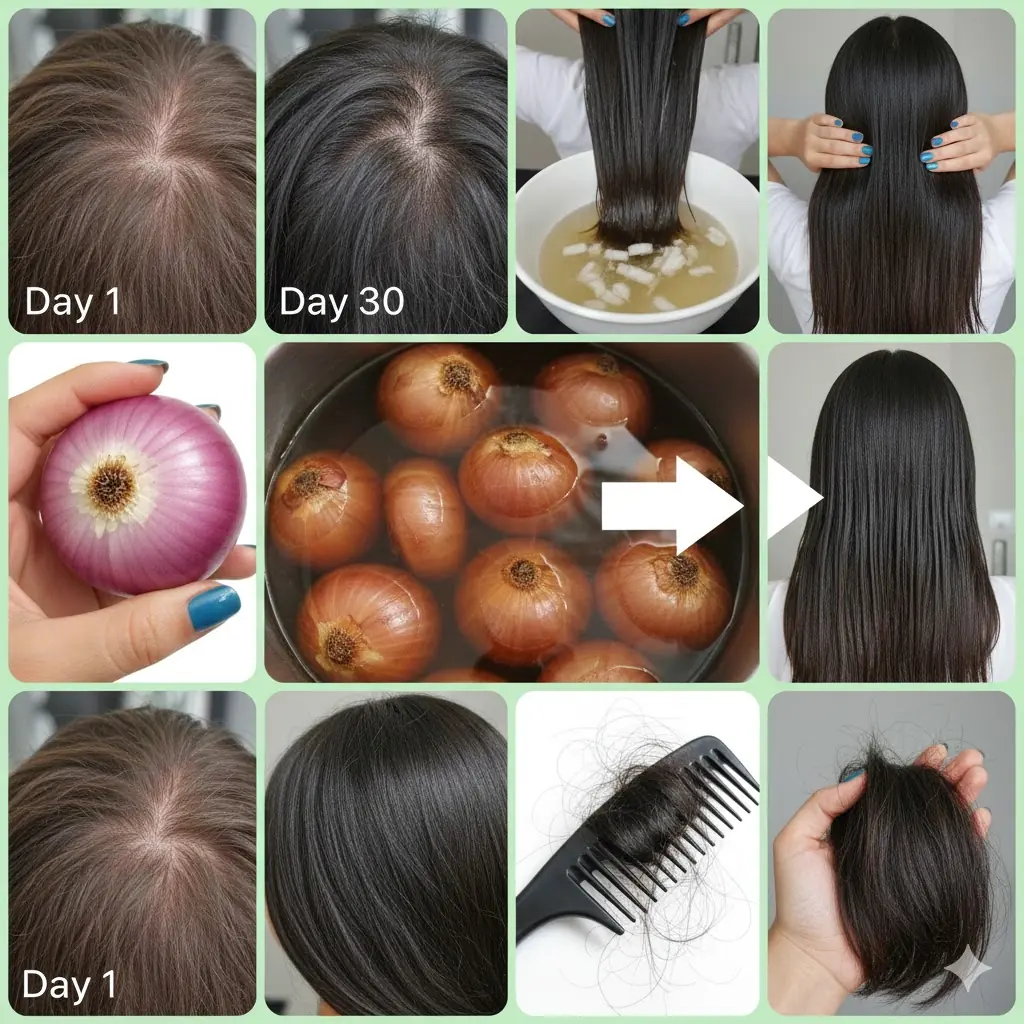
7 powerful vitamins you need for strong, healthy legs

Ever feel like your legs just aren’t what they used to be? Maybe climbing stairs feels like a marathon, or you get those annoying night cramps. It’s a common worry, but often, it’s not just about getting older. A lot of leg weakness and discomfort can actually come from not getting enough of certain nutrients. The good news is, you can do something about it by making some simple changes to what you eat.
🦵Why Strong Legs Matter

Having strong, healthy legs is a big deal for staying independent and living life how you want. When your legs start feeling weak, it can make everyday things tough, like walking around or even just getting up from a chair. This can make you more likely to fall, and it might even make you want to stay home more, which isn’t fun. Many folks think losing leg strength is just part of getting older, but that’s not always the case. Often, it’s about missing out on some key nutrients your body needs.
Your legs rely on a team of muscles, bones, joints, and nerves to work right. As we get older, especially after 50, our bodies don’t take in and use nutrients as well as they used to. This can lead to things like muscle weakness, pain when you walk, or even tingling feelings. But don’t worry, there are seven important vitamins and minerals that can help keep your legs in good shape. (Based on the expertise of Dr. Iñigo Martín)
➡️7. Vitamin D: The Muscle Helper
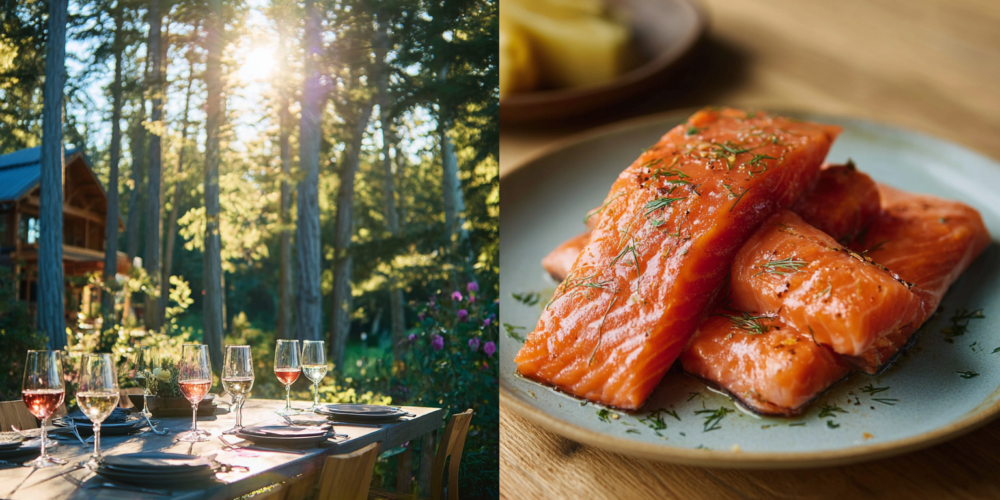
Vitamin D is a big deal for your legs. It does more than just help your bones; it’s super important for your muscles to work well and stay strong as you age. Think about someone like Marta, who’s 68 and notices her legs feel weaker when she goes up stairs. Her muscles seem slower, and she gets tired doing things that used to be easy. If her Vitamin D levels are low, getting some sun could really help her legs feel stronger in just a few weeks.
How Vitamin D Works for Your Legs
- Quick Muscle Response: Vitamin D helps those fast-twitch muscle fibers, which are the ones you need to react quickly, like if you trip. If you don’t have enough, these fibers can get weaker, making your reactions slower and raising your chance of falling.
- Brain-Muscle Talk: It helps your brain and muscles talk to each other better. It’s like making sure the signals from your brain get to your legs clearly, so they respond just right.
- Less Muscle Pain: Vitamin D can also help calm down muscle soreness. If your legs ache or feel stiff for no clear reason, you might need more of this vitamin.
Getting Enough Vitamin D
The best way to get Vitamin D is from the sun. Just 15 minutes of sun on your arms and legs, ideally between 10 AM and 11 AM, can make a difference. If you live somewhere cold or it’s winter, you might need 20 to 30 minutes. Remember, Vitamin D works better when you have it with some good fats, like olive oil or avocado, so if you take a supplement, have it with a meal.
➡️6. Calcium: The Bone Builder

Calcium is like the main architect for your bones. It gives your skeleton its structure, but it’s also involved in every move you make. The way you get calcium matters a lot. Taking calcium pills can sometimes cause problems because the calcium might end up in the wrong places, like your arteries, instead of your bones. It’s like sending building stuff without a good plan.
Better Calcium Sources
When you eat foods rich in calcium, like leafy greens, you get calcium along with other helpers like magnesium, Vitamin K, and potassium. This team makes sure the calcium goes where it’s supposed to: your bones and muscles, not your arteries.
- Leafy Greens: Kale, broccoli, and spinach are great. Cooking them lightly, like steaming, helps keep their nutrients.
- Sesame Seeds: A spoonful of these has a lot of calcium, plus good fats that help your body use it better. You can add them to salads or smoothies.
- Firm Tofu: If it’s made with calcium sulfate, it’s a good source, especially if you don’t eat animal products.
Movement and Calcium
Even with the best food, calcium needs movement to do its job. Every time you walk or get up from a chair, you’re telling your bones to get stronger. Without exercise, your bones can lose their strength, even if you eat well. Calcium also needs Vitamin D to be absorbed and Vitamin K2 to go to your bones instead of your arteries.
➡️5. Vitamin B12: The Nerve Protector
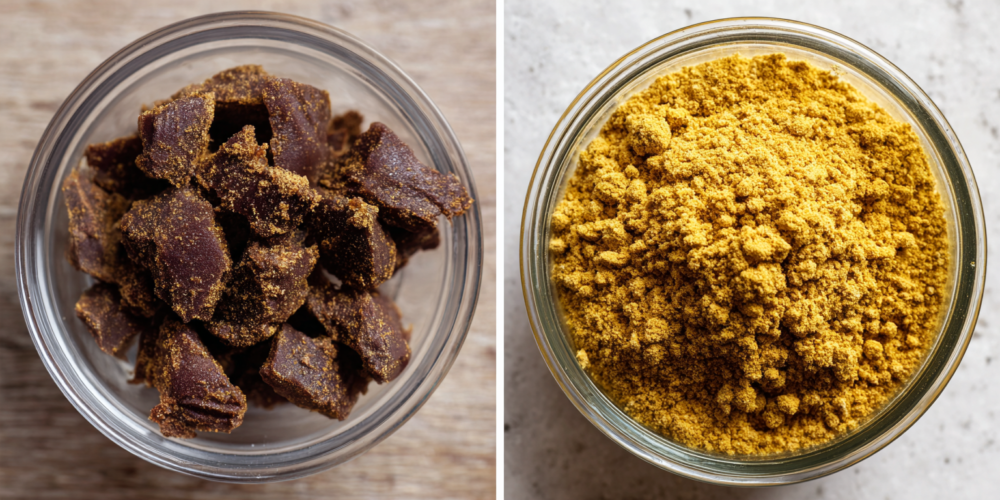
Vitamin B12 is like the invisible guard for your nerves and muscles. While many people focus on calcium and protein for strong legs, B12 makes sure the messages from your brain get to every muscle fiber. It keeps the nerve system that controls your legs healthy. Without it, the signals can get weak, like a phone call with bad service.
Signs of Low B12
- Tingling or Numbness: You might feel pins and needles in your legs and feet. Many people think this is just part of getting older, but it can be a sign of low B12.
- Balance Problems: You might feel clumsy when you walk or have trouble feeling the ground under your feet.
- Muscle Weakness: Your legs might feel weak or heavy, especially at the end of the day.
If low B12 isn’t fixed, it can cause lasting nerve damage. For people who eat mostly plants, getting enough B12 can be tricky because it’s mostly found in animal products or fortified foods. Also, as we get older, our bodies don’t absorb B12 as well. Many experts suggest that older adults, especially those on plant-based diets, should take a B12 supplement.
➡️4. Magnesium: The Muscle Relaxer
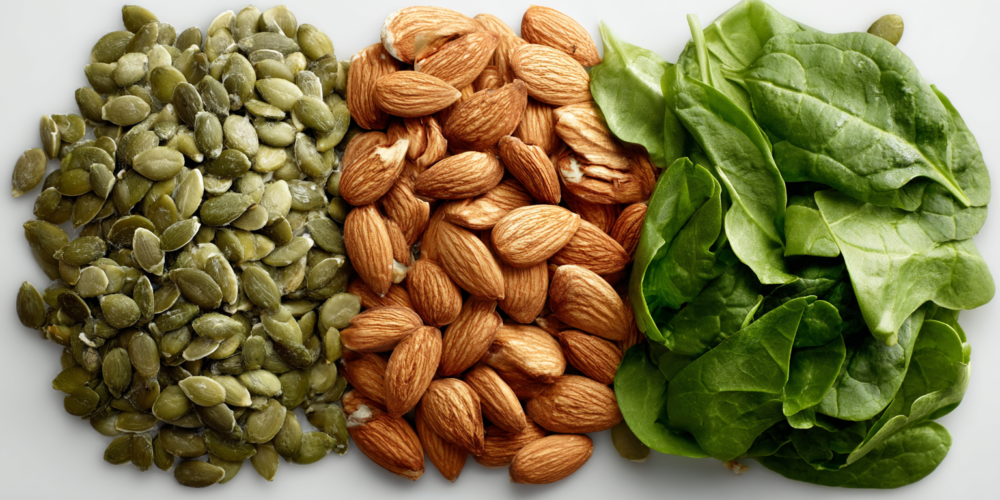
Magnesium is a big helper for your muscles. It tells them when to tighten and when to relax. Without enough magnesium, you can get cramps, spasms, and that restless leg feeling that keeps you up at night. A lot of people don’t get enough magnesium, and it’s hard to spot with regular blood tests because most of it is inside your cells and bones, not in your blood.
Magnesium’s Role
- Calms Muscles: Magnesium acts like a natural relaxer for your muscles. It stops nerves from firing too much and helps keep a good balance between muscle tension and relaxation.
- Works with Calcium: Think of magnesium and calcium as dance partners. Calcium makes muscles tighten, and magnesium helps them relax. If you don’t have enough magnesium, your muscles can stay tense, leading to tiredness and a heavy feeling in your legs.
Getting More Magnesium
- Pumpkin Seeds: These are packed with magnesium. Just a couple of spoonfuls a day can make a big difference.
- Almonds and Nuts: A handful of nuts can give you a good amount of magnesium.
- Dark Leafy Greens: Spinach and Swiss chard are good sources. Steaming them helps keep the magnesium.
- Avocado: This fruit has healthy fats that help you absorb magnesium better.
If you’re low, magnesium supplements can help. Forms like citrate and glycinate are usually absorbed better than common magnesium oxide.
➡️3. Potassium: The Fluid Balancer

Potassium is a key player in how fluids move in and out of your muscle cells. This directly affects how well your muscles can tighten and relax. Potassium also acts like a messenger between your brain and your muscles. If you don’t have enough, this communication can get messed up, leading to cramps, tremors, or stiffness in your legs.
Potassium and Bone Health
Potassium also helps keep your bones strong. It fights off acids in your body that can weaken your bones by taking minerals from them. It’s like potassium creates a shield that stops your body from hurting your leg bones.
Good Sources of Potassium
- Potatoes with Skin: A medium baked potato has more potassium than a banana. Baking or steaming them is best, as boiling can make them lose minerals.
- Avocados: Half an avocado has a good amount of potassium, plus healthy fats that help with muscle and joint comfort.
- Leafy Greens: Spinach and Swiss chard are also rich in potassium.
It’s best to get potassium from whole foods, not supplements, unless a doctor says so, because too much can be bad, especially for people with kidney problems.
➡️2. Vitamin K: The Calcium Director
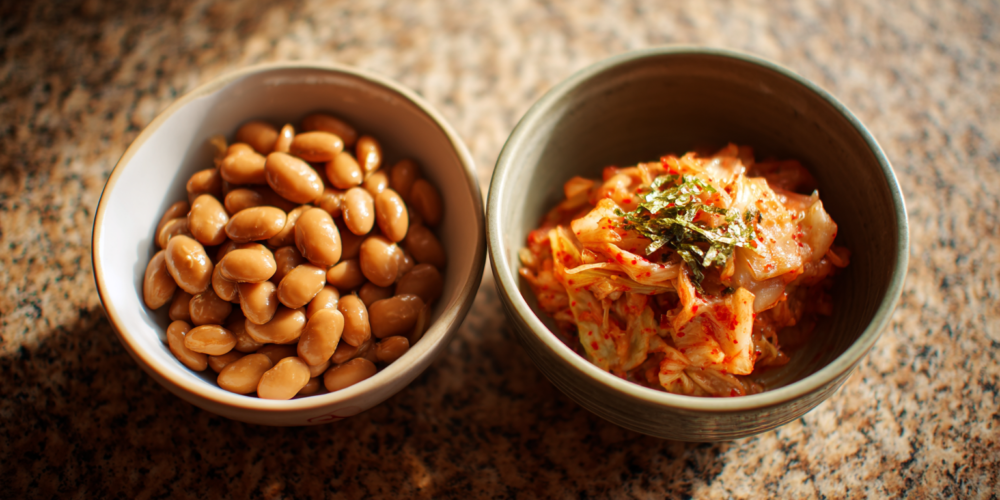
Vitamin K is a bit of a hidden gem, but it’s very important for your legs. It tells calcium where to go: to your bones, where it’s needed, or away from your arteries, where it can cause problems. Vitamin K activates a protein that helps calcium stick to your bones. Without enough Vitamin K, calcium might just float around in your blood and end up in your arteries or soft tissues instead of making your bones stronger.
Vitamin K and Joint Comfort
For your knees and other leg joints, Vitamin K can help calm down soreness and stiffness. Many people with joint discomfort notice things get better when they get more of this vitamin.
Types of Vitamin K
There are two main types:
- Vitamin K1: Found in green plants like spinach and kale. It’s easy to get, but it’s not as strong in your body.
- Vitamin K2: Found in fermented foods like natto (fermented soybeans), sauerkraut, or kimchi. K2 stays active longer and is better at directing calcium to your bones. Adding small amounts of fermented foods to your meals can really help your legs.
It’s good to have Vitamin K2 with some healthy fat, like olive oil, to help your body absorb it better. If you take blood thinners, talk to your doctor before changing your Vitamin K intake.
➡️1. Vitamin B6: The Nerve Signal Booster

Vitamin B6 is a big helper for your nerve system. It keeps the lines of communication open between your brain and your muscles, making sure signals are clear and precise for every move you make. For a long time, experts mostly linked B6 to brain function, but now we know it directly affects muscle health and nerve signals to your legs.
How B6 Helps Your Legs
- Clear Signals: B6 helps create the messengers your nerves use to talk to your muscles. Without enough B6, these signals can get weak or mixed up, like a radio with bad reception.
- Muscle Building: One of its most important jobs is helping your body turn protein into muscle tissue that your body can use. So, even if you eat enough protein, without B6, your body can’t use it to keep your leg muscles strong.
Getting More B6
- Chickpeas: A cup of chickpeas gives you a lot of your daily B6. You can put them in salads or make hummus.
- Whole Grains: Foods like quinoa and whole oats have several B vitamins, which work well together.
- Bananas and Potatoes: These are good sources of B6. Baking or steaming potatoes is best to keep the vitamins.
- Nuts and Seeds: Pistachios, sunflower seeds, and hazelnuts have good amounts of B6.
If you’re on a plant-based diet or have trouble absorbing nutrients, B6 supplements might help. Just be careful not to take too much, as very high doses can harm your nerves.
✅Putting It All Together
So, there you have it: the seven vitamins and minerals your legs need to stay strong and agile. Each one has a special job, but the real magic happens when they all work together. It’s like an orchestra where every musician plays their part to create a full, beautiful piece of music for your movement and stability.
The good news is, you don’t need fancy diets or expensive supplements. Simple, everyday foods have these nutrients: leafy greens, beans, nuts, seeds, fruits, and whole grains. Eating a variety of these foods will give your legs almost everything they need. Small changes in what you eat can lead to big improvements in how you move. A handful of seeds for breakfast, a green salad for lunch, and a dish of beans for dinner can make a big difference in just a few weeks.
Your body is amazing at fixing itself when you give it the right nutrients. Strong legs are the foundation for a free and active life. They let you visit loved ones, enjoy your favorite hobbies, and keep making great memories. So, taking care of your legs isn’t just a nice thing to do; it’s an investment in your freedom and how well you live for years to come.
News in the same category

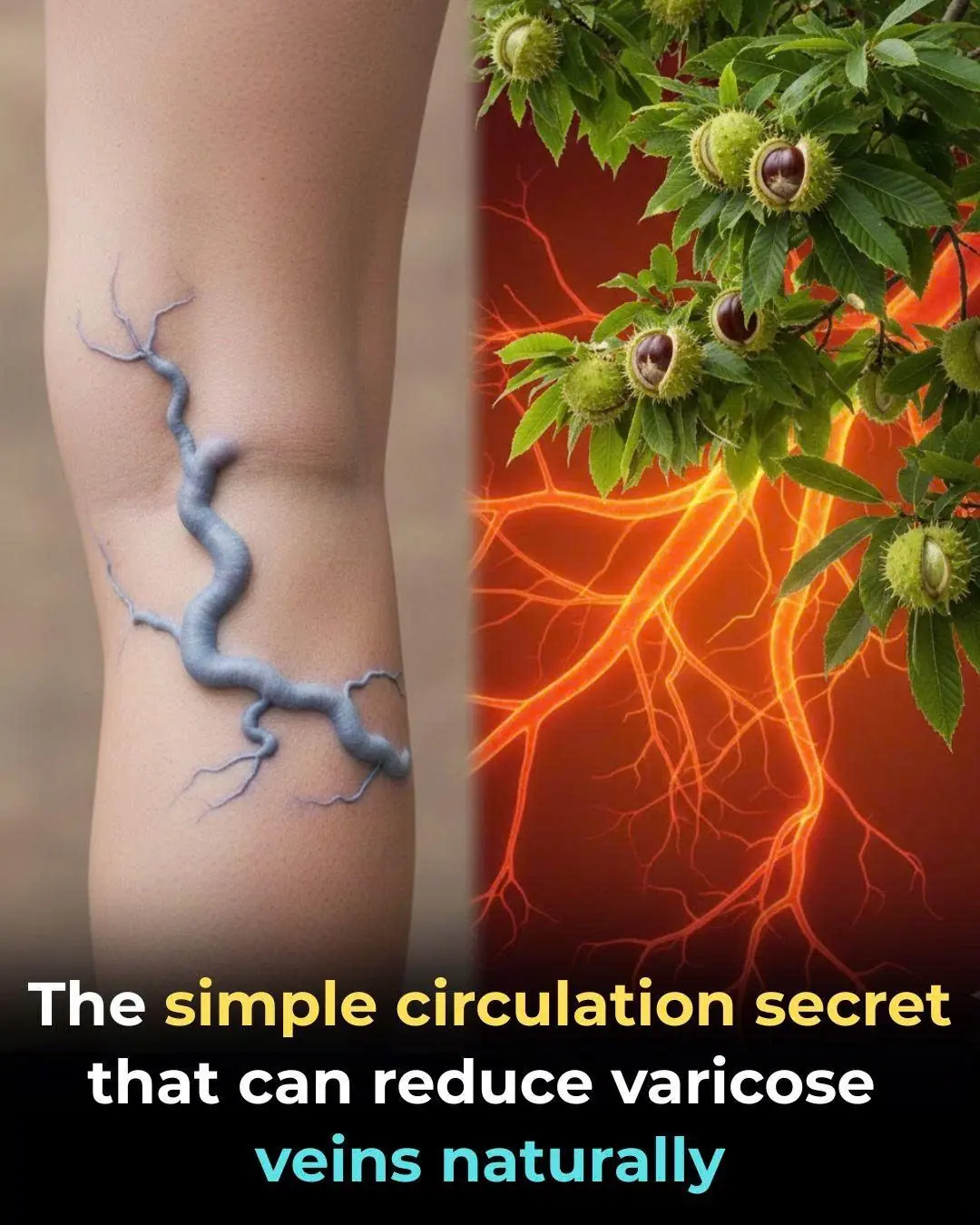
The simple circulation secret that can reduce varicose veins naturally
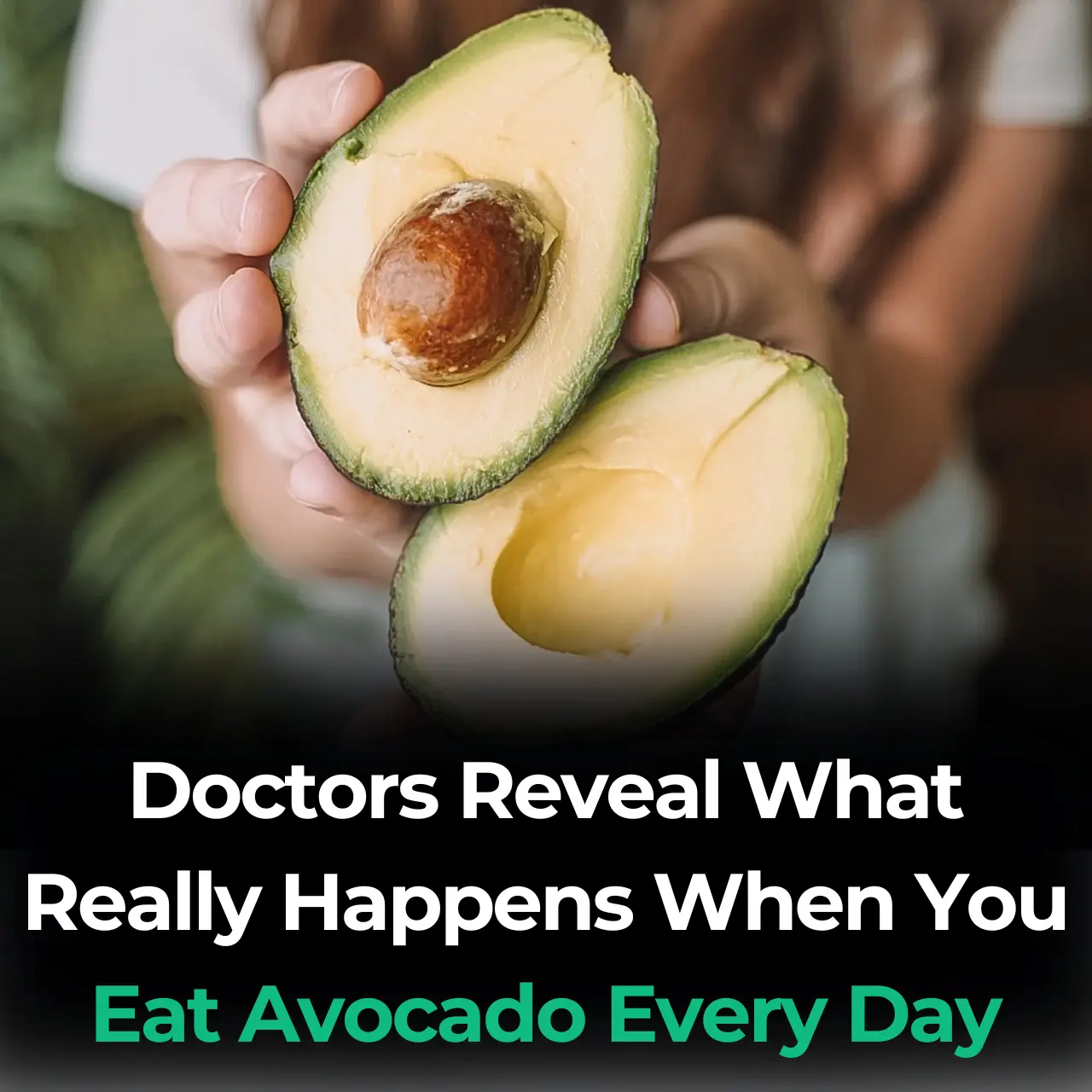
Doctors Reveal What Really Happens When You Eat Avocado Every Day
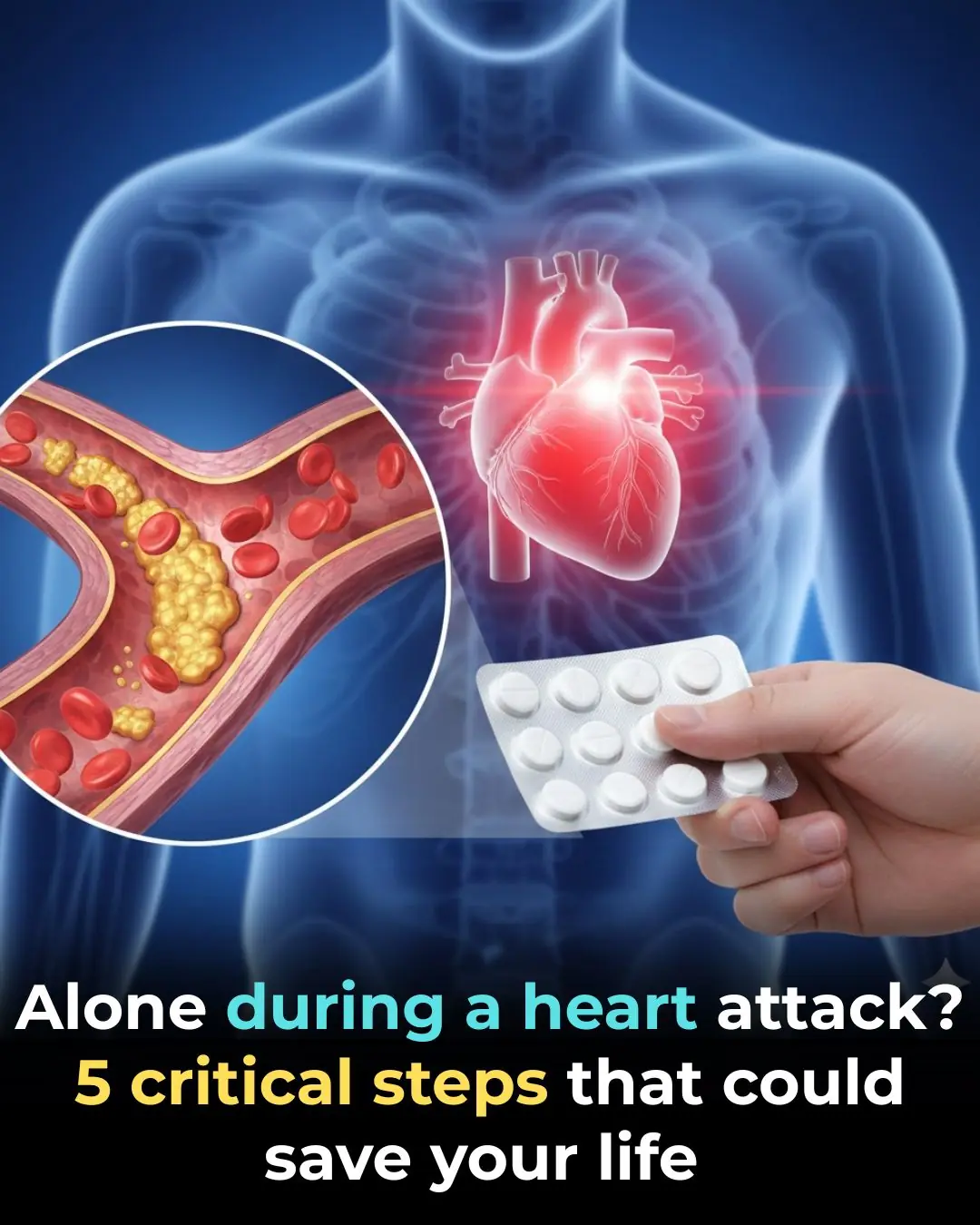
Home Alone During a Heart Attack …5 Critical Steps That Could Save Your Life

The Best Tea to Start Your Morning and After Dinner: A Powerful Blend for Wellness
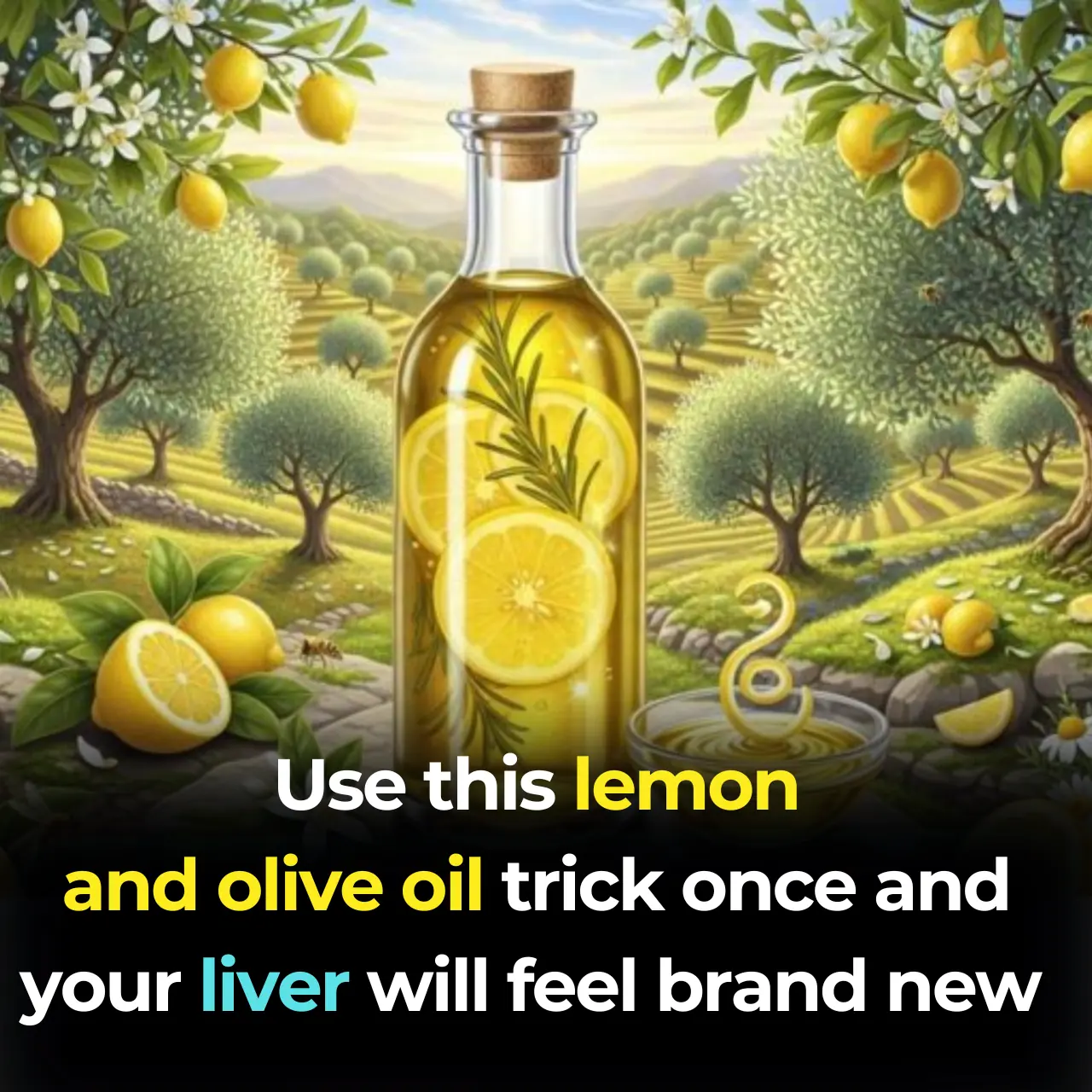
A Powerful Mixture for Cleansing Your Liver (2 Ingredients)
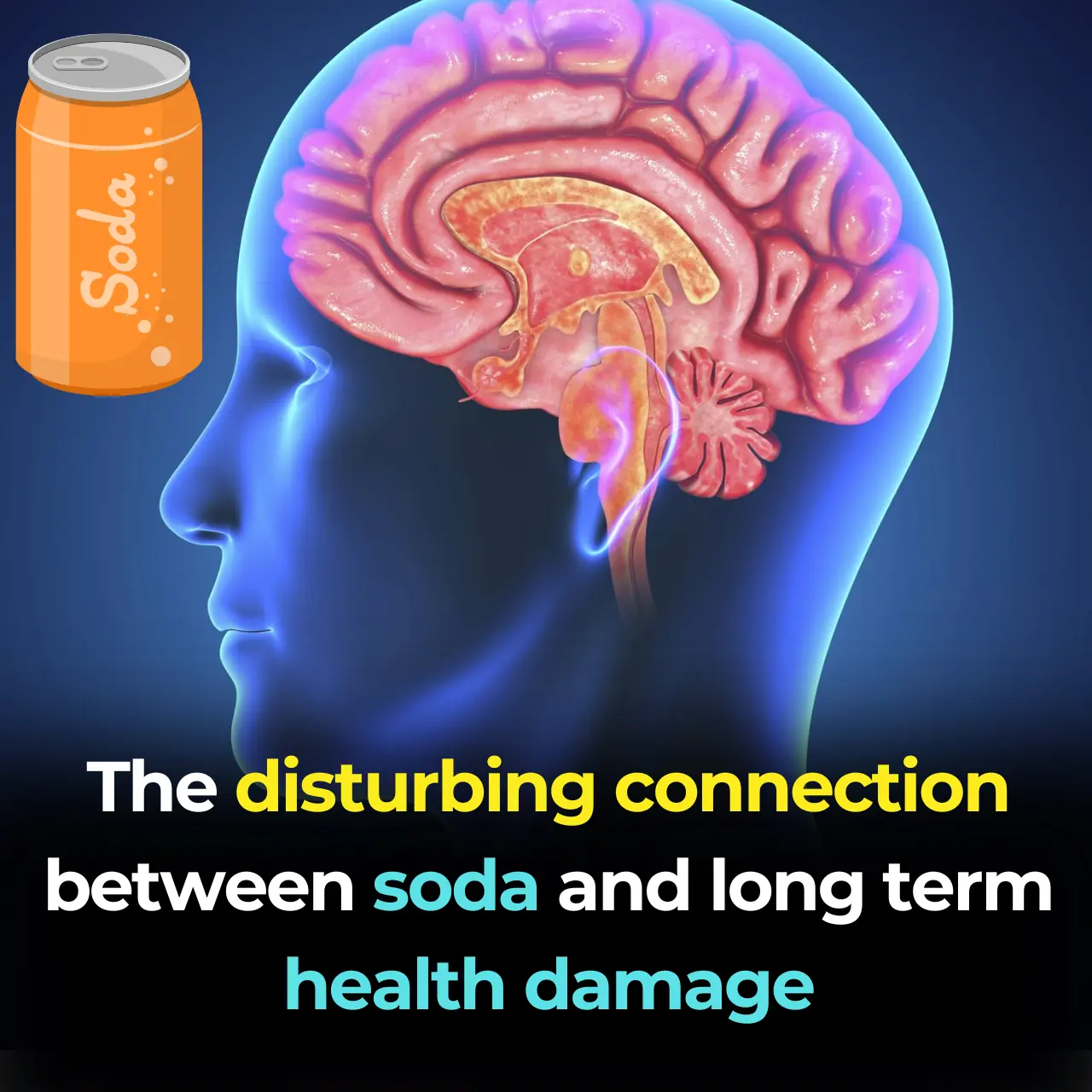
Studies Link Soda To Depression, Kidney Damage, Heart Attacks And Brain Damage
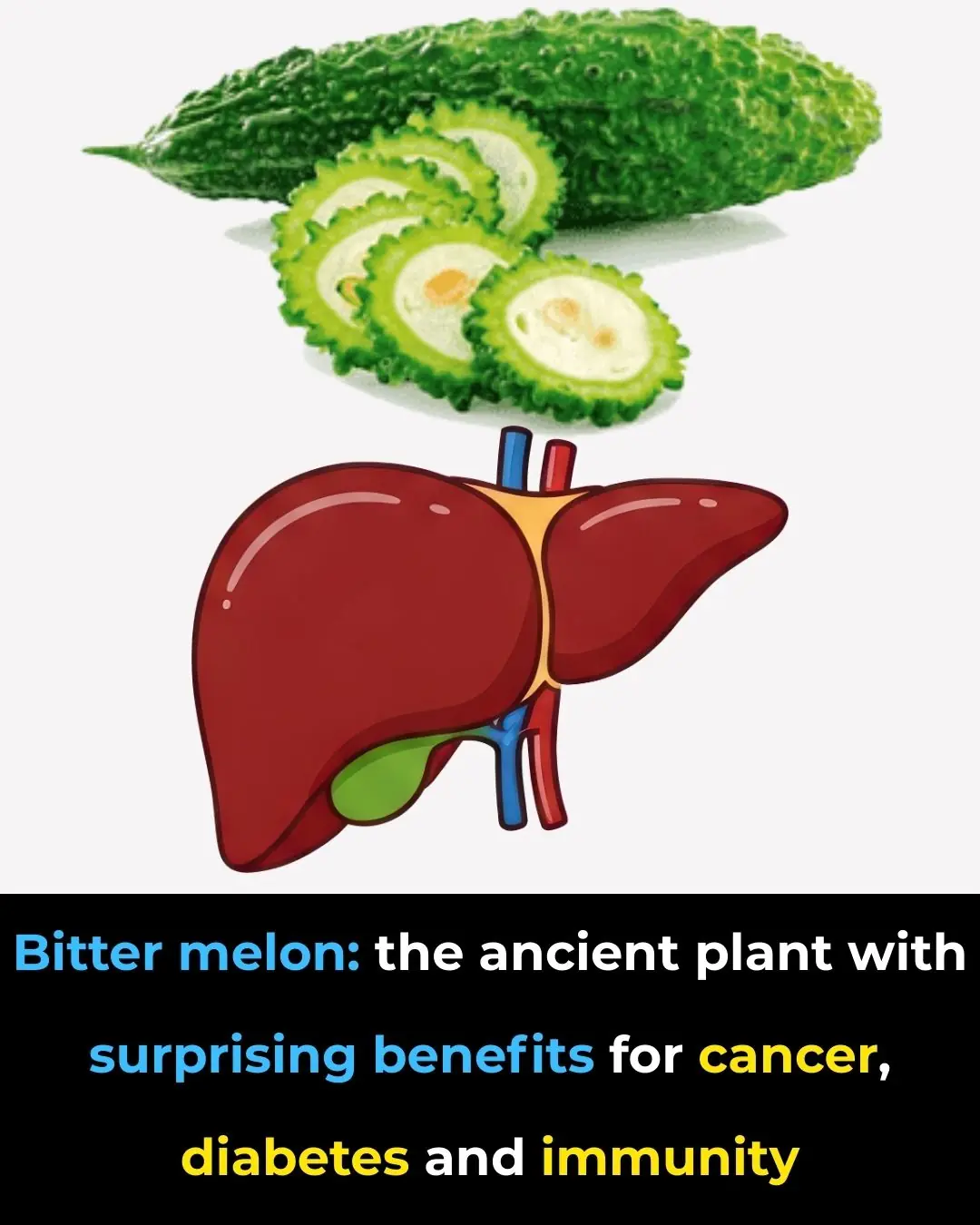
The Plant That Kills Cancer Cells, Stops Diabetes And Boosts Your Immune System!

10 signs you’re eating too much sugar
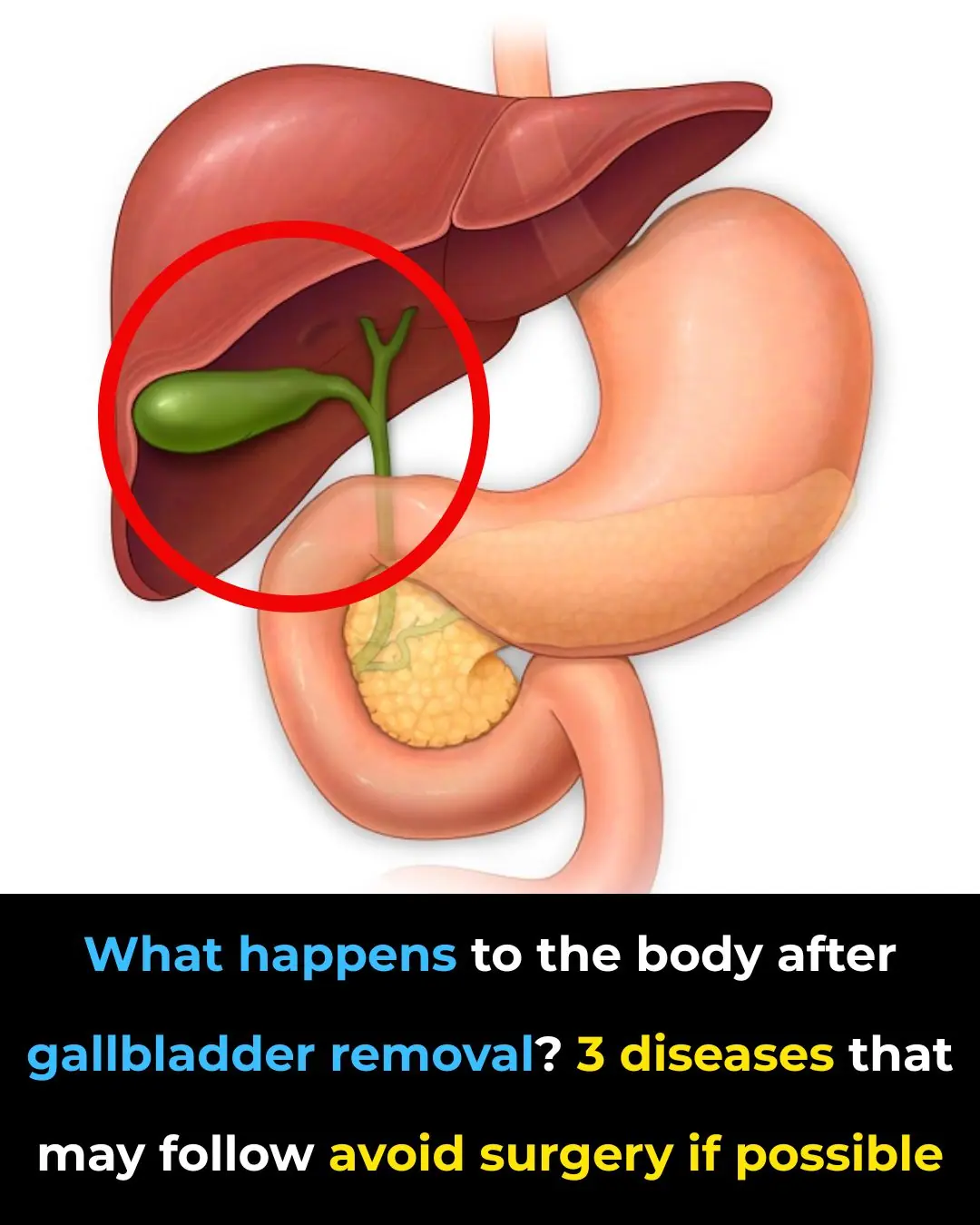
Gallbladder removal: what happens next and 3 risks to watch for
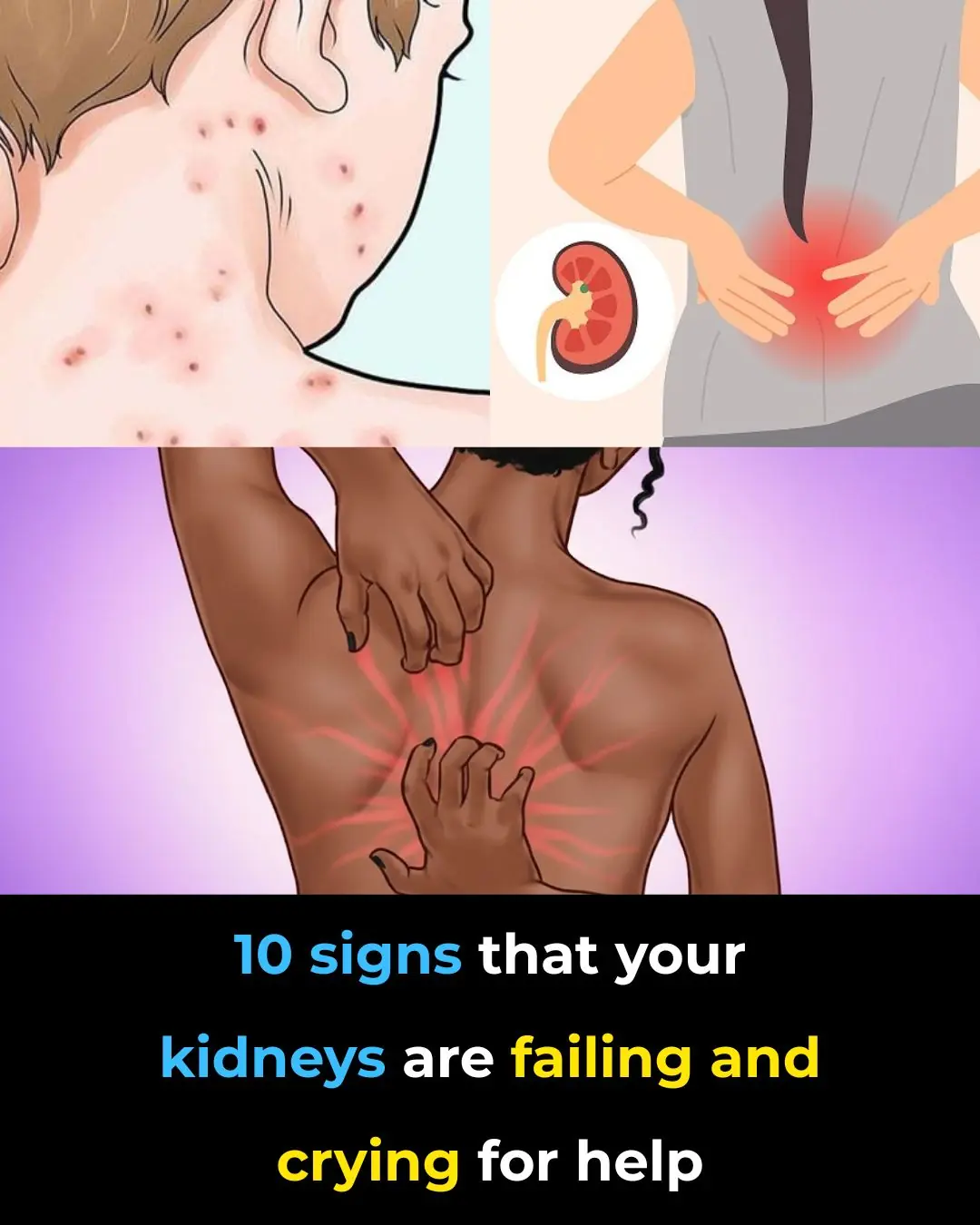
10 Warning Signs Your Kidneys May Be in Danger
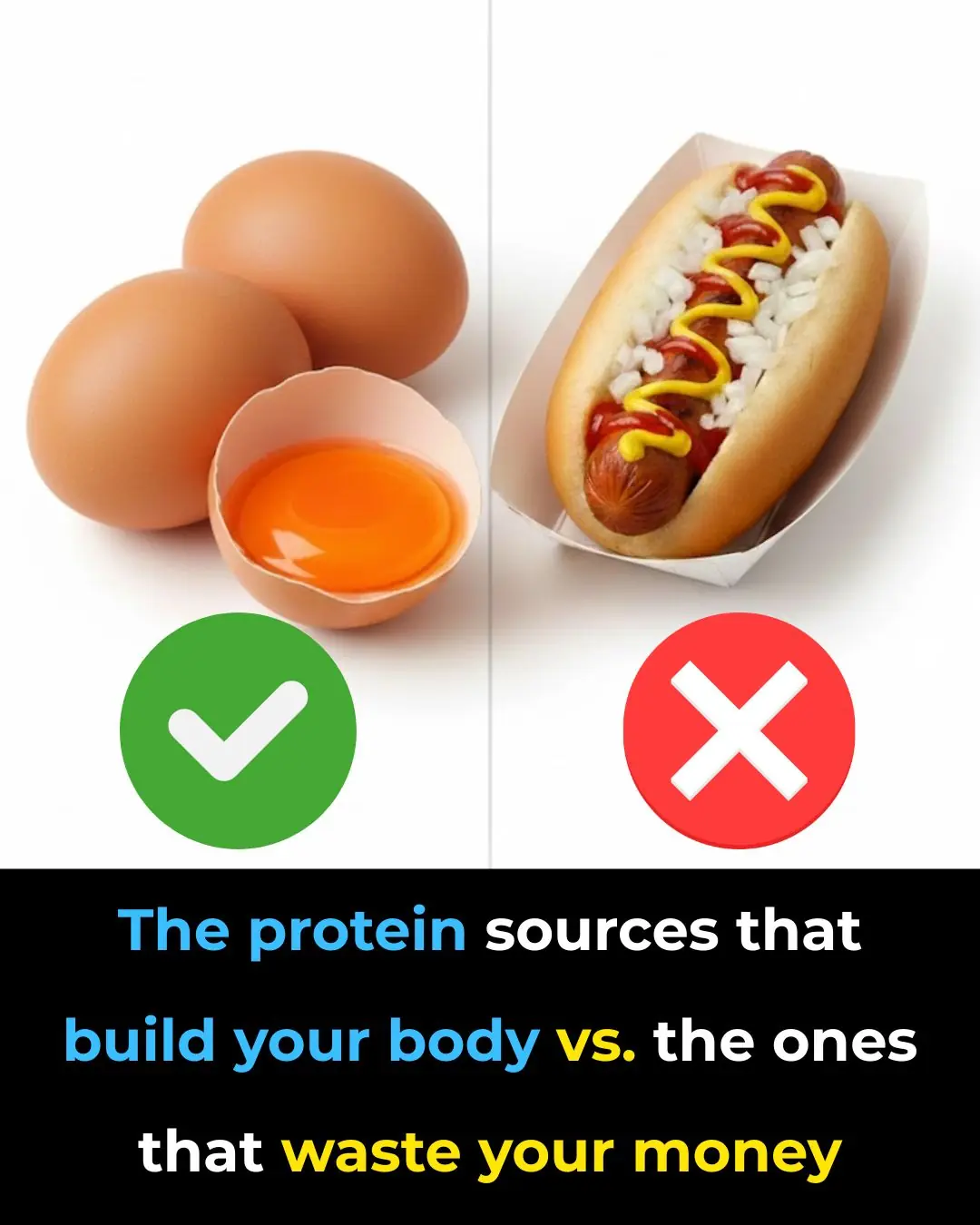
The protein sources that build your body vs. the ones that waste your money
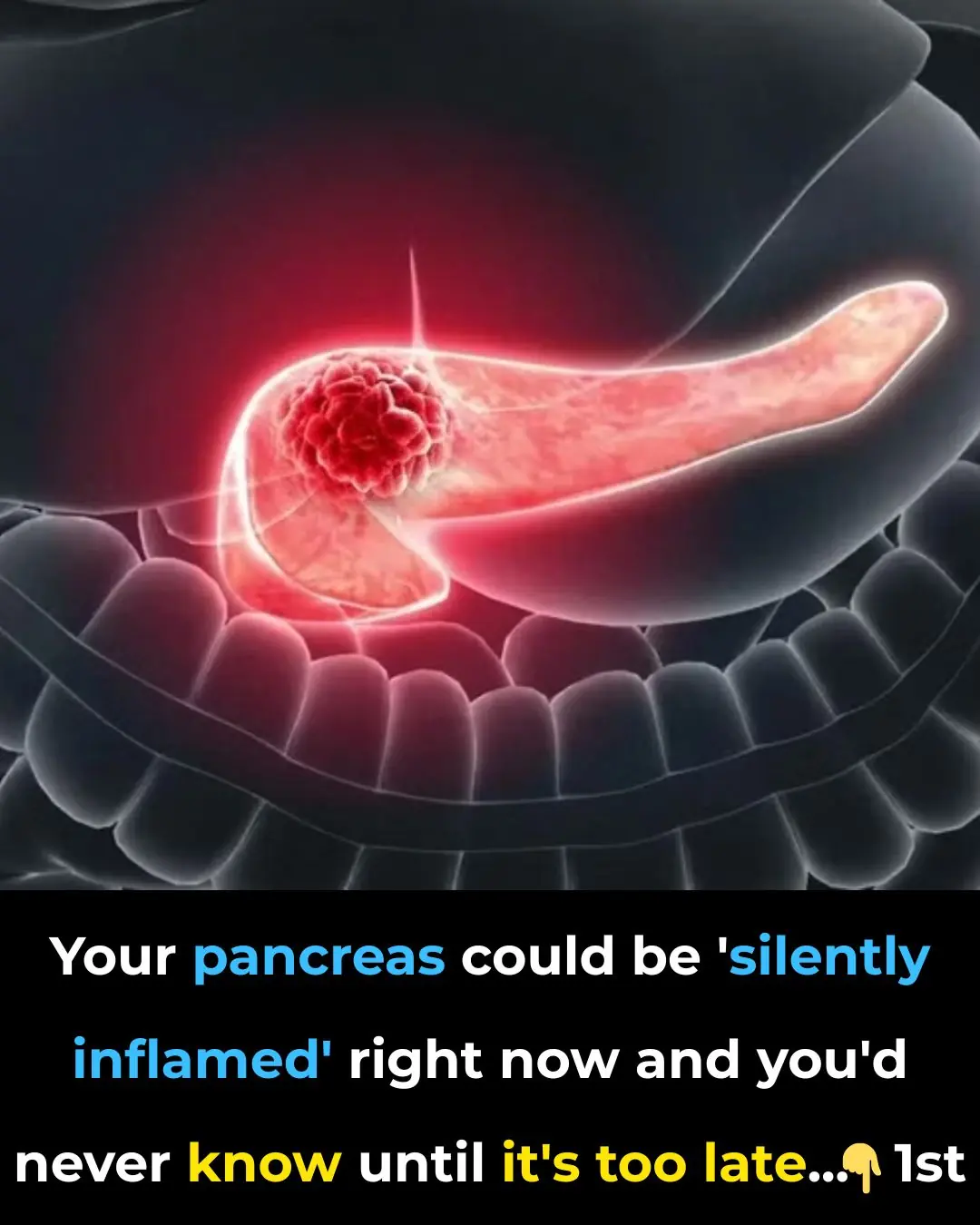
Your pancreas could be ‘silently inflamed’ right now and you’d never know until it’s too late
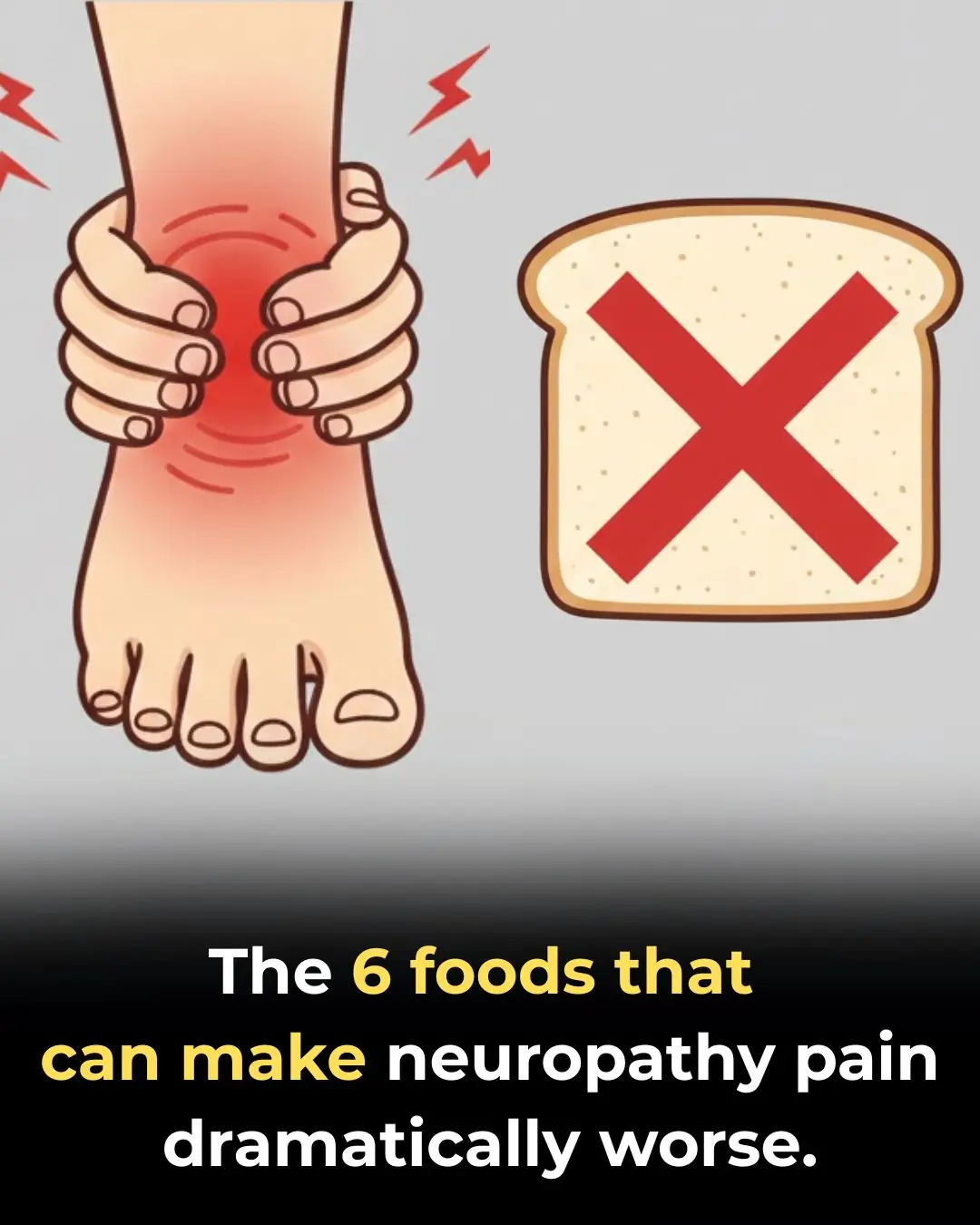
6 Trigger Foods That Cause Agonizing Pain If You Have Neuropathy

The 5 foods that quietly fuel diabetes — and what to avoid to help reverse it
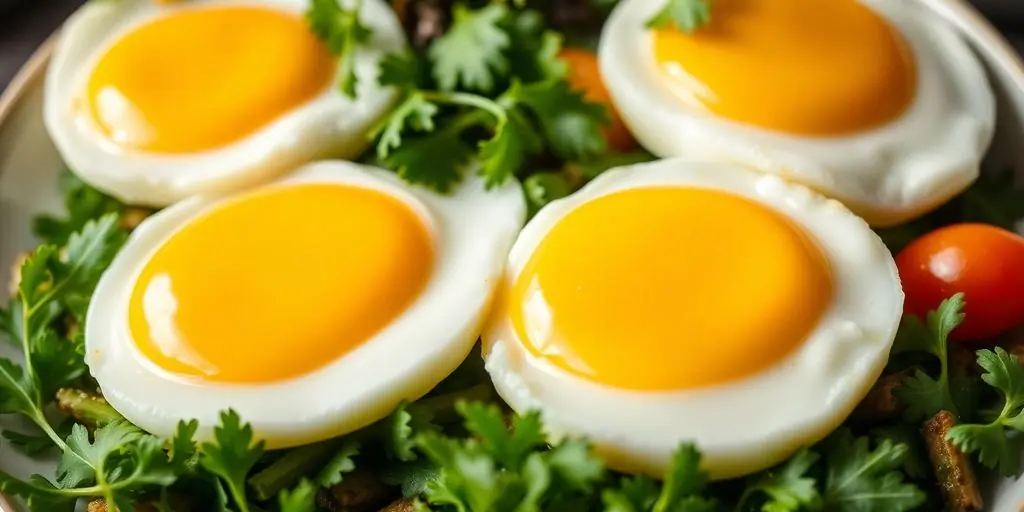
What if you ate 4 eggs a day with the yolks for 30 days
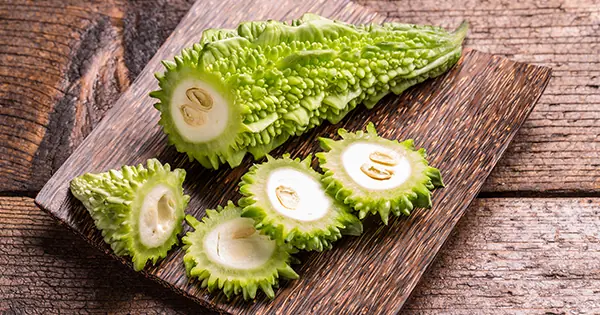
The Plant That Kills Cancer Cells, Stops Diabetes And Boosts Your Immune System!
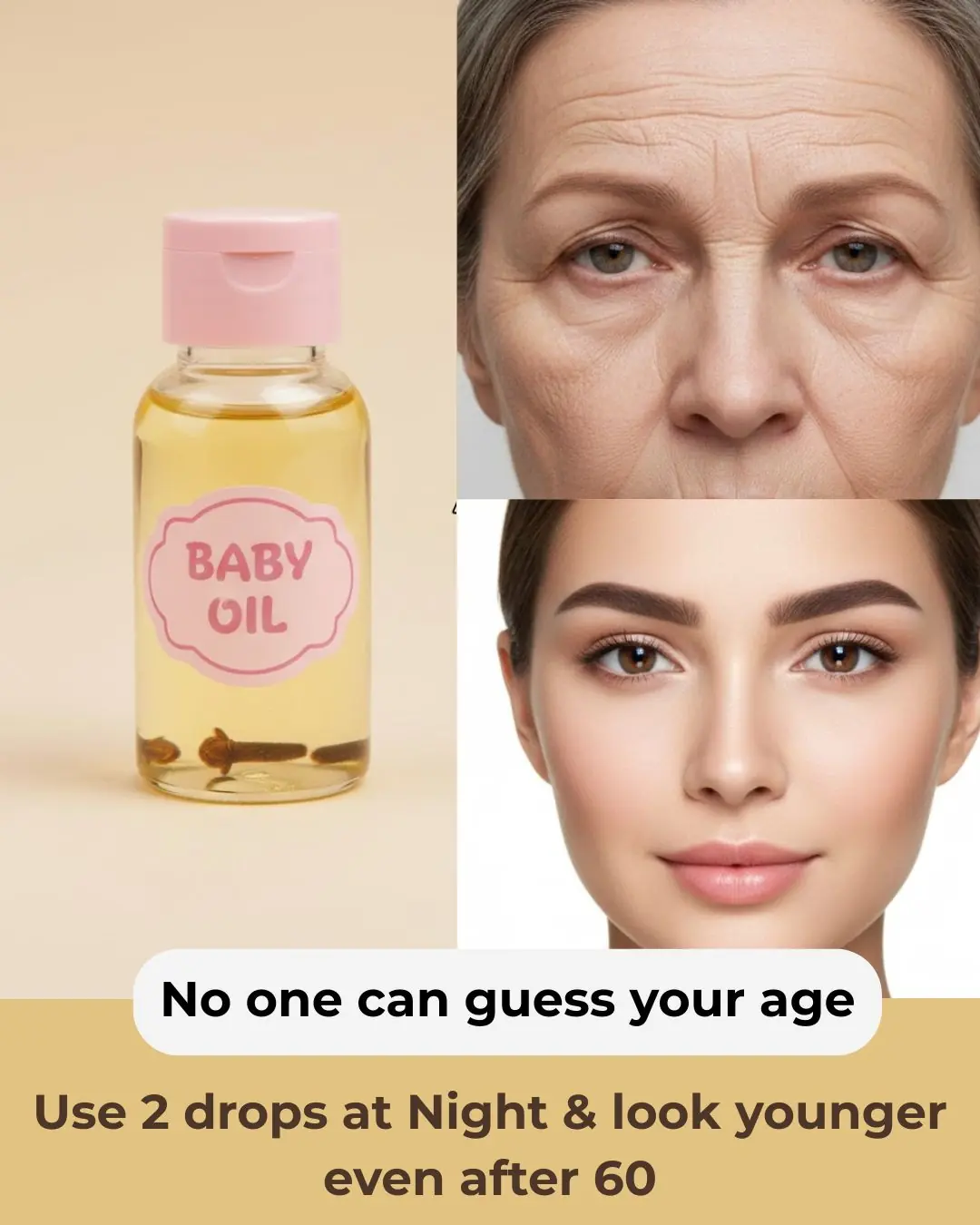
The Ultimate DIY Clove Skincare Routine

Foods That Are Beneficial For Strengthening Muscles In Old Age
News Post

Onion Oil for Hair: The Smelly Secret to Long, Lush Locks

What does it mean to walk with your hands behind your back?

The Hidden Power of Mango Seed

The simple circulation secret that can reduce varicose veins naturally

Doctors Reveal What Really Happens When You Eat Avocado Every Day

Home Alone During a Heart Attack …5 Critical Steps That Could Save Your Life

Rice Baby Oil Collagen Cream For Wrinkle Free Glowing Skin
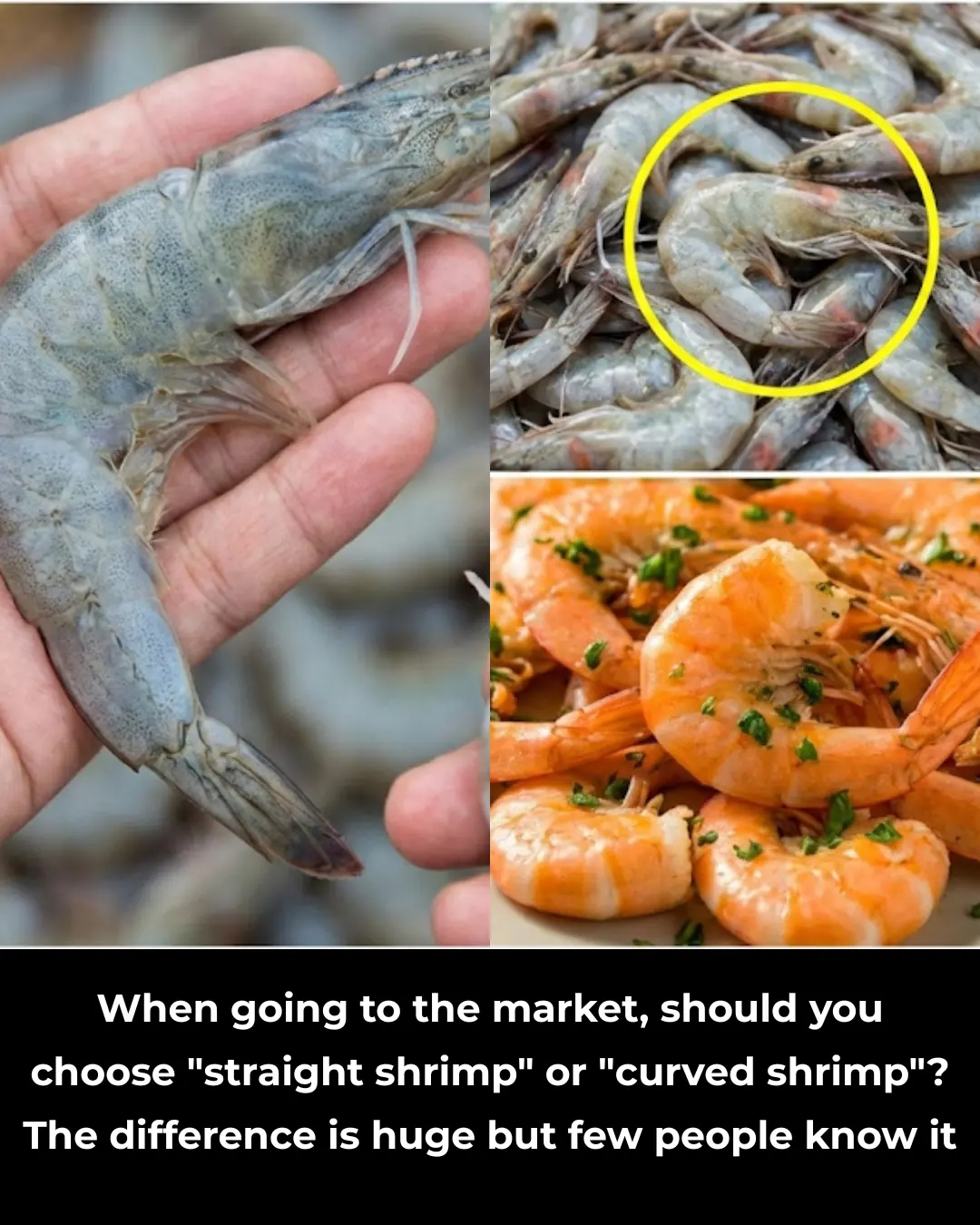
When Buying Shrimp: Should You Choose Straight or Curved Ones? The Difference Is Huge but Few People Know

Tiny Wings, Mighty Legacy: How Bees Create Honey and Sustain Life on Earth
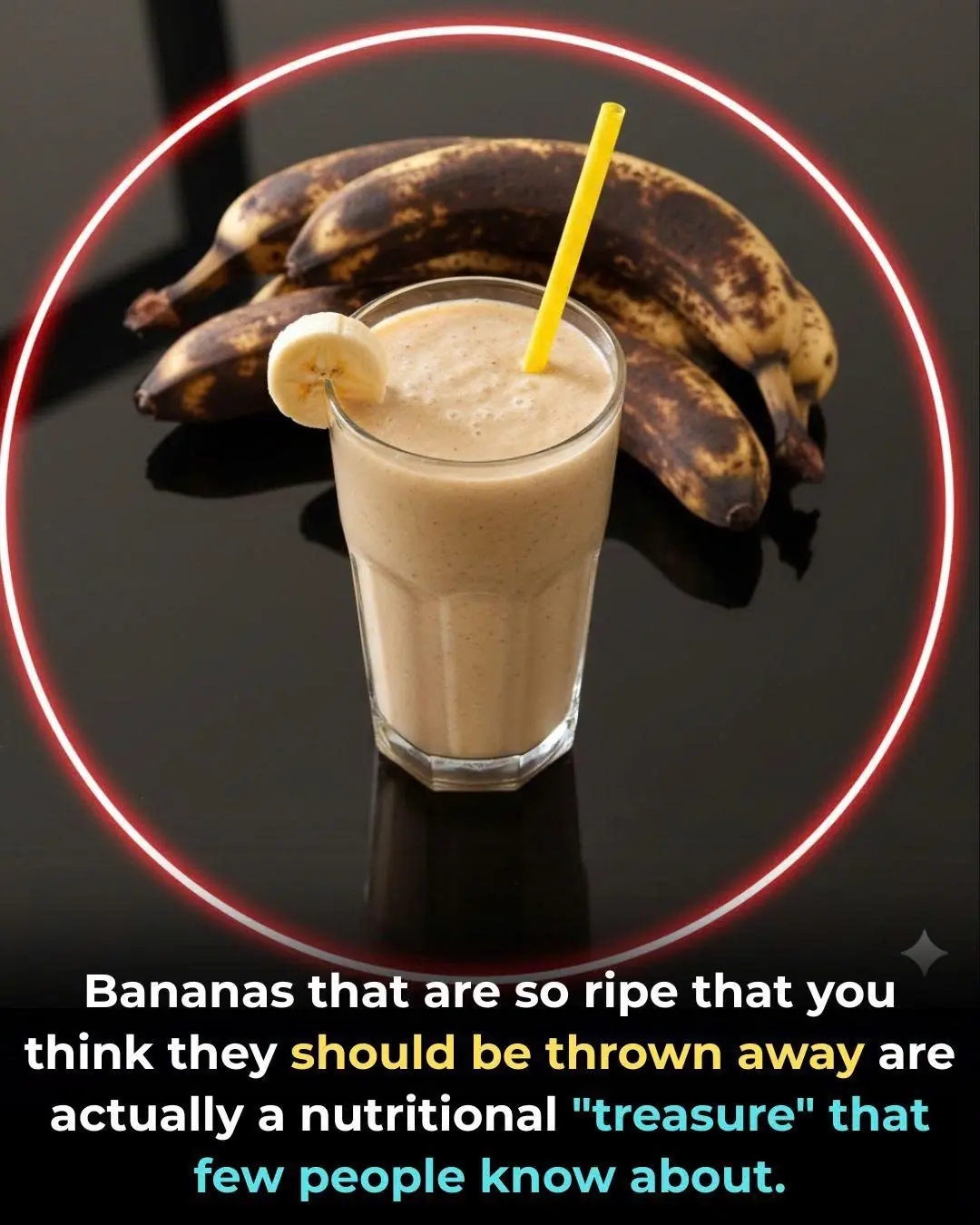
Don’t Throw Away Overripe Bananas – The Black-Spotted Ones Are a Nutritional Treasure

Hawaii Is Releasing Mosquitoes From Drones — And It Could Help Save Species From Extinction
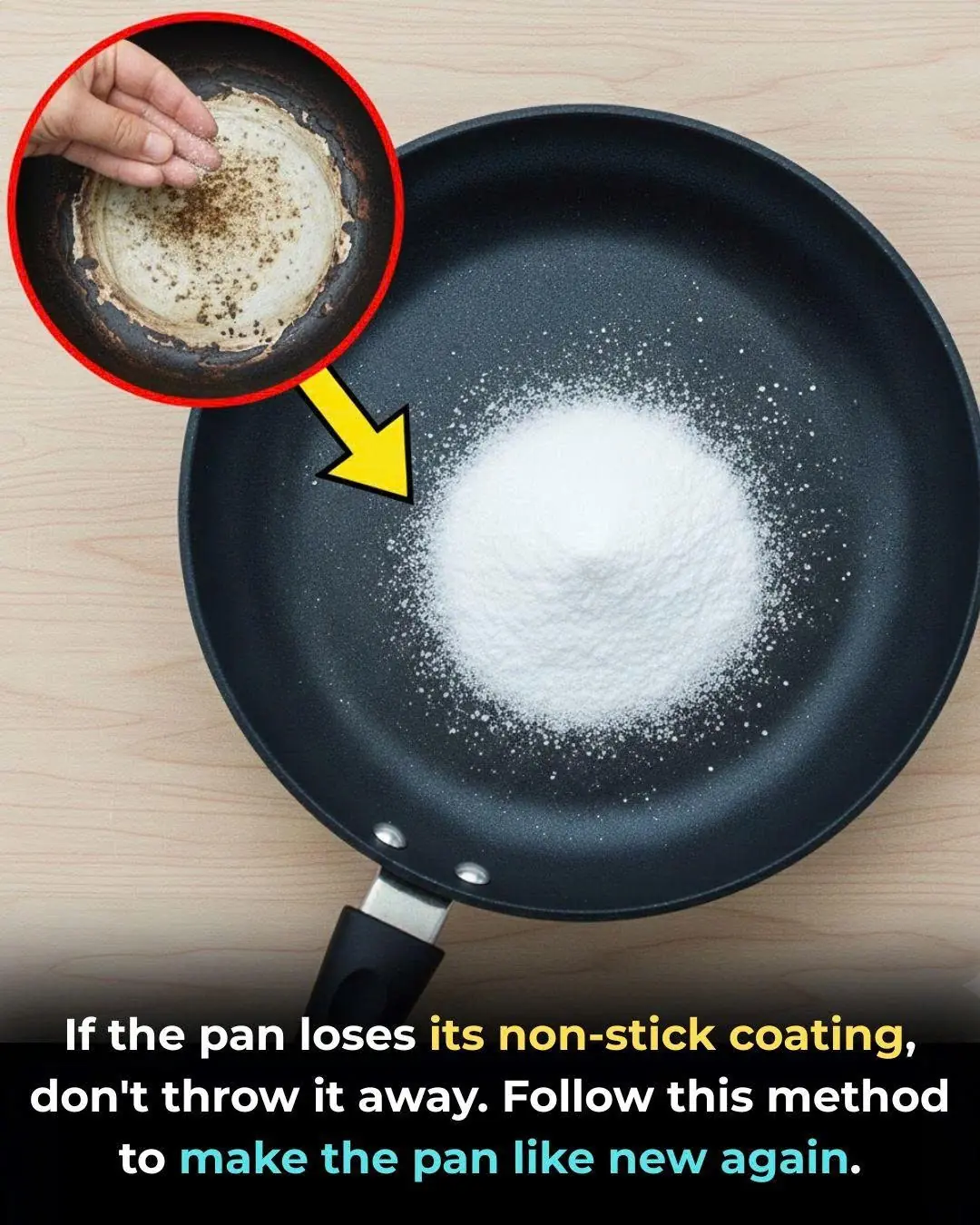
Your Non-Stick Pan Lost Its Coating? Don’t Throw It Away – Here’s How to Use It Like New

Superfetation: The Rare Phenomenon of Becoming Pregnant While Already Pregnant
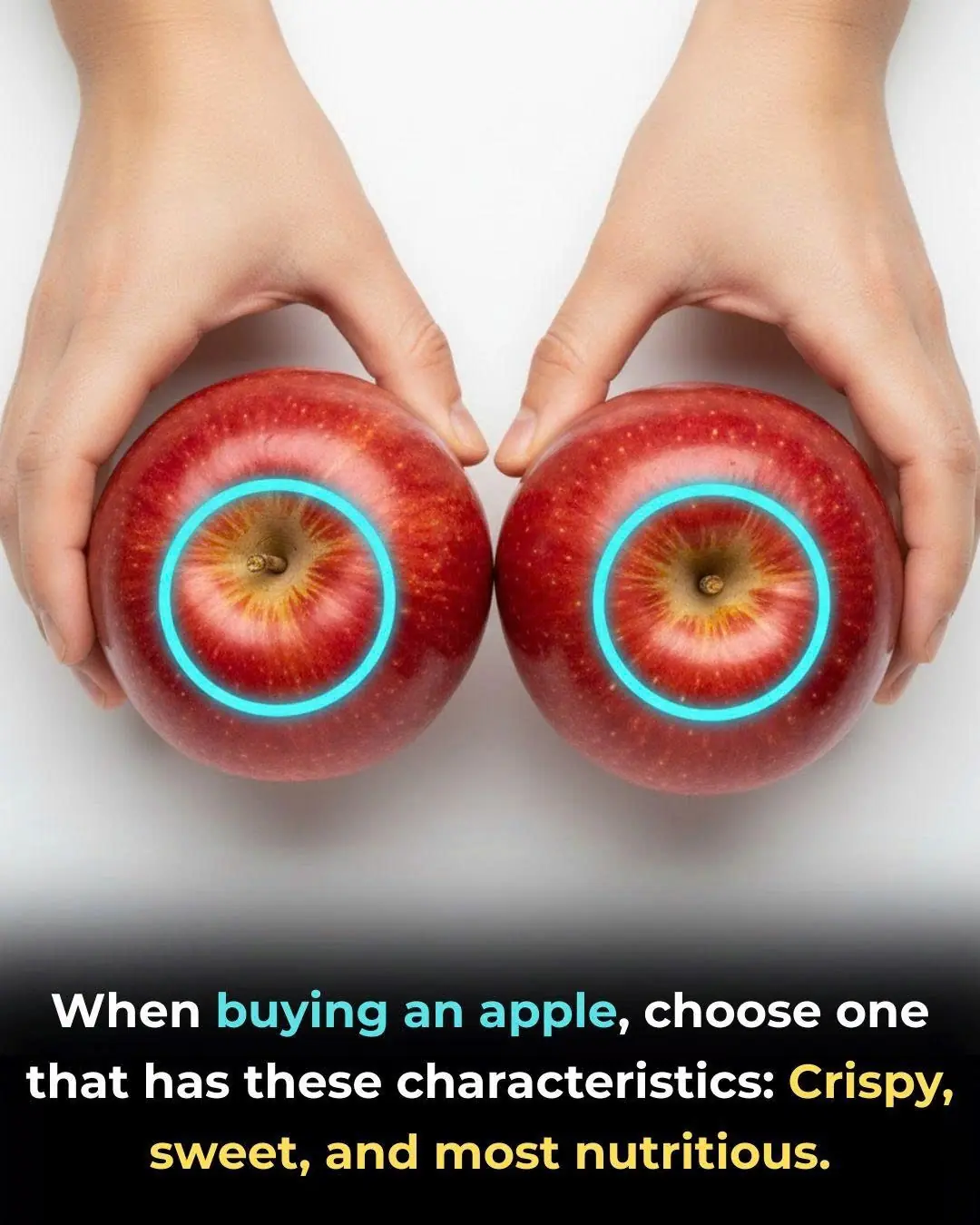
How to Choose the Best Apples: The Crispest, Sweetest, and Most Nutritious Ones (Updated for Nov 11, 2024)

When a married woman is obsessed with another man, she does 9 things.

Dr. Joseph Dituri Sets Record With 93 Days Underwater — And Discovers Stunning Health Benefits

The Mystery of the Blue Stop Sign
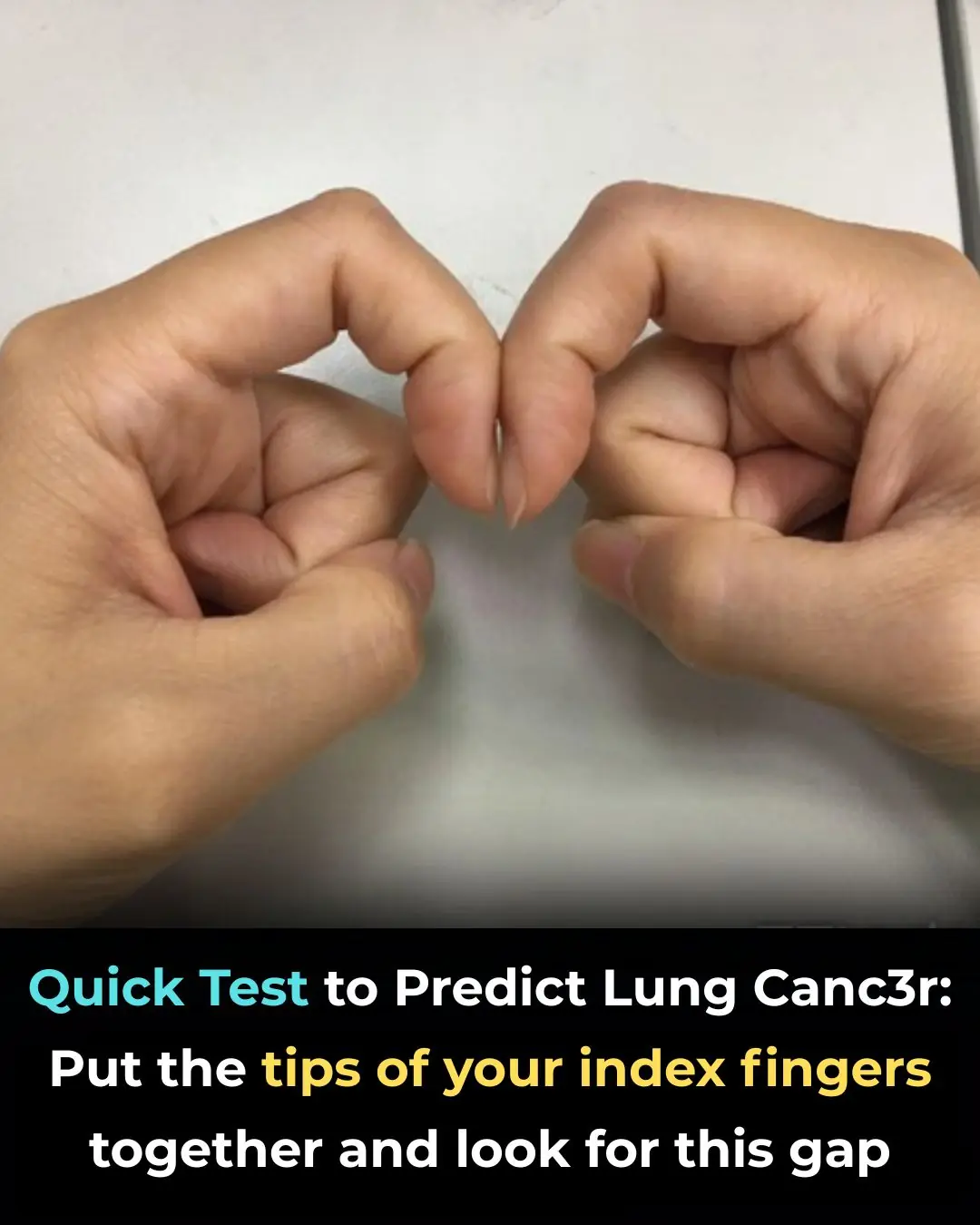
The Simple “Finger Test”

🦻 Hearing Loss: What Really Causes It — And What You Can Do
